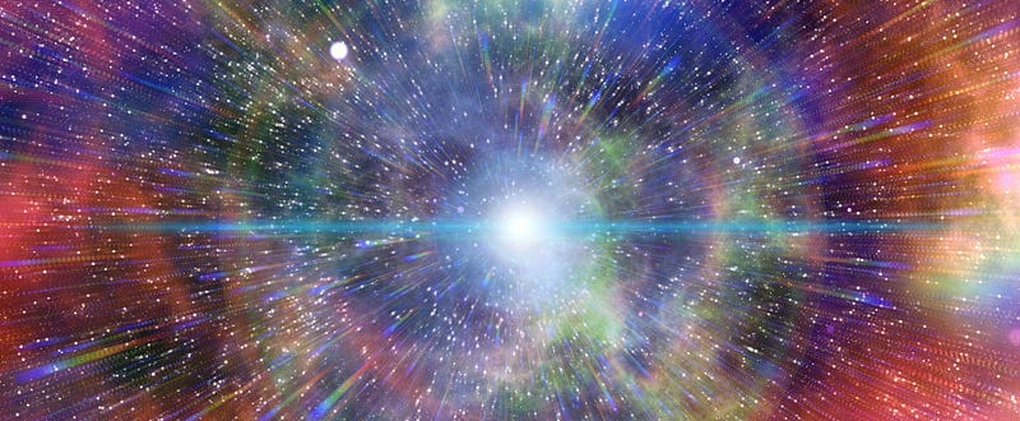MACHINE LEARNING FOR SCIENTIFIC DISCOVERY

In July 2012, an experiment at the European Organization for Nuclear Research was conducted 100 meters underground, below the edge between France and Switzerland, in the world’s largest and most powerful particle accelerator, where two high-energy particle rays are accelerated near the speed of light before they collide. What happens when two protons collide is that these protons are divided into smaller molecules that are detected and information about them sent to their computer systems before these molecules decompose in a fraction of a second. The result of the experiment was the announcement of the discovery of a new particle consistent with Higgs Boson.
Scientists are still studying and analyzing the results of the experiment more accurately and developing larger instruments used in this experiment to generate more energy in the collision of molecules, increasing the chances of exploring new physical phenomena.
On the other hand, Machine-learning approaches are expected to allow researchers to do entirely different kinds of searches and look for patterns that couldn’t have otherwise been found like refining the picture of the Higgs. Even though some properties of the Higgs boson have been well studied, like its mass, others—like the recursive way it interacts with itself—remain unknown with any kind of precision. Measuring those properties could rule out (or confirm) theories about dark matter and more.
What’s truly exciting about machine learning is its potential for a completely different class of searches called anomaly detection. Researchers want to use machine learning to find things they don’t know to look for. In anomaly detection, researchers don’t tell the algorithm what to look for. Instead, they give the algorithm data and tell it to describe the data in as few bits of information as possible.
References:
- Inside the hunt for new physics at the world's largest particle collider... (Source: MIT Technology Review)
- Highlights from CERN in 2012 (Source: CERN)
- LHC experiments present new Higgs results at 2019 EPS-HEP conference (Source: CERN)
- Nobel Prize—Why Particles Have Mass (Source: Physics Magazine)
- Higgs boson (Source: Wikipedia)





































































EgyptInnovate site is not responsible for the content of the comments